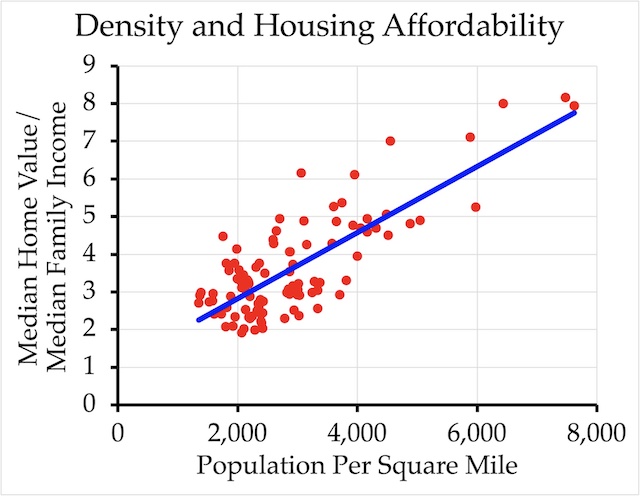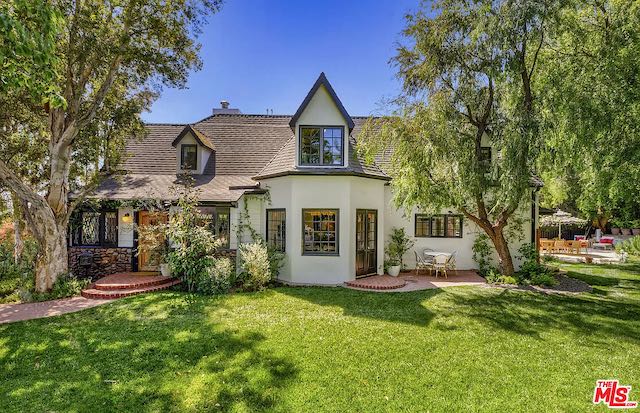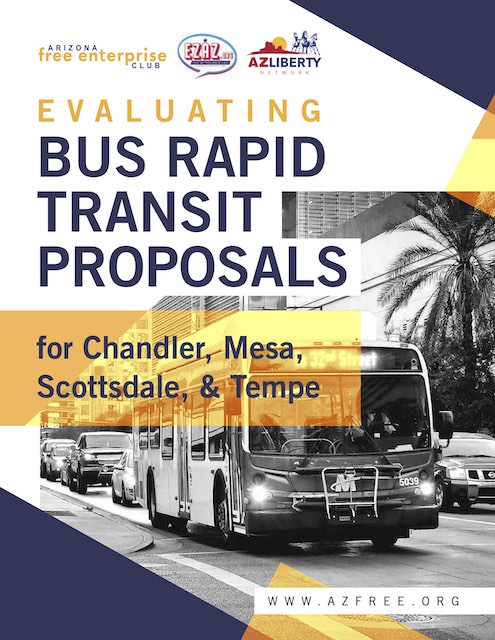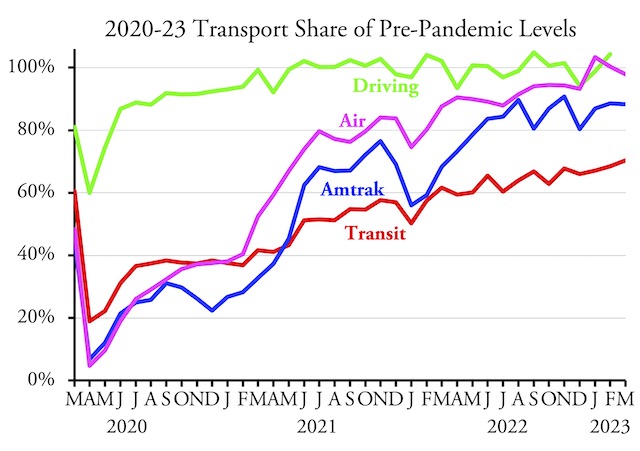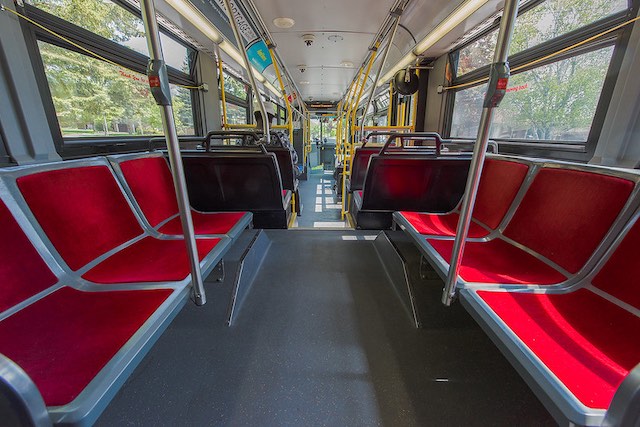Proponents of a bill winding its way through the Colorado legislature assume that increased housing densities will make housing more affordable and will reduce greenhouse gas emissions. Neither of these assumptions are valid, according to an article in Complete Colorado. And you know it’s true, because I wrote it.
This chart compared population densities and housing affordability in the nation’s top 100 urban areas.
You may have seen diagrams like the above here before, but I made this one using the latest density data from the 2020 census combined with housing affordability data from the 2020 American Community Survey. Counting the top 50 urban areas, the correlation was 0.85 (where 1 is perfect and anything close to 0 is completely random); for the top 100, it was 0.79; for the top 200 it was still a respectable 0.70. Continue reading

